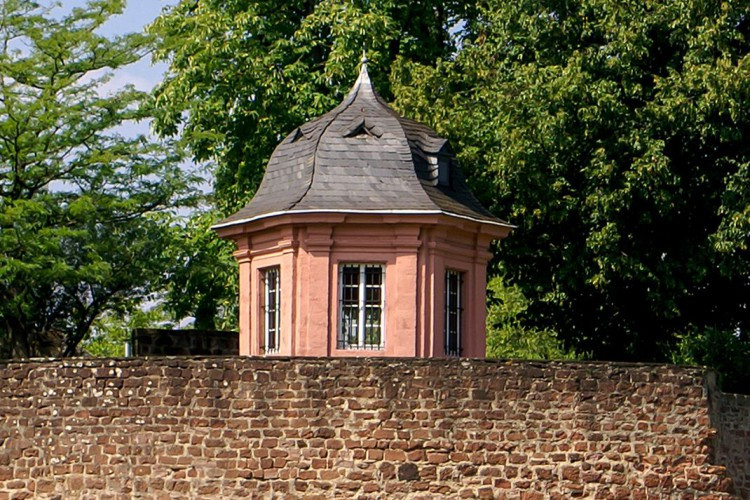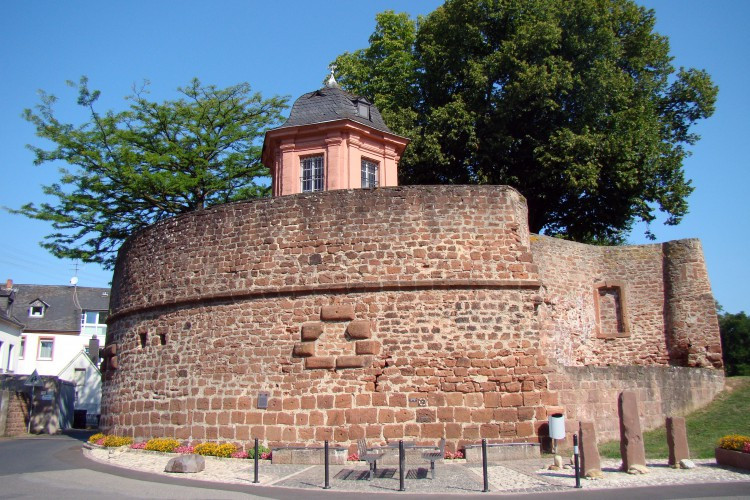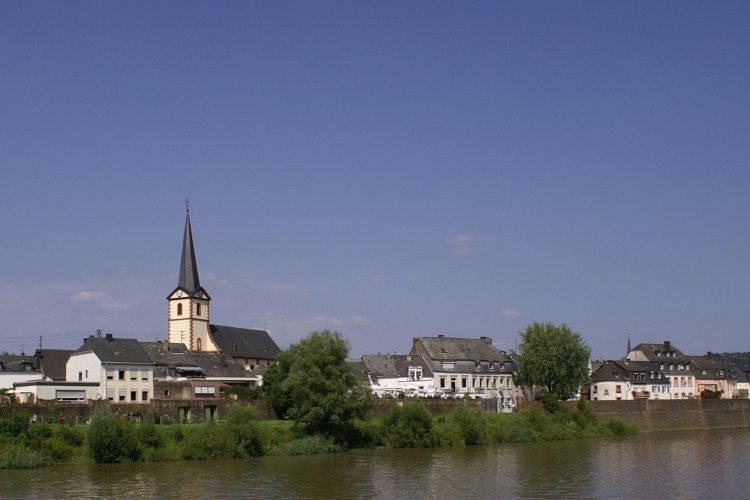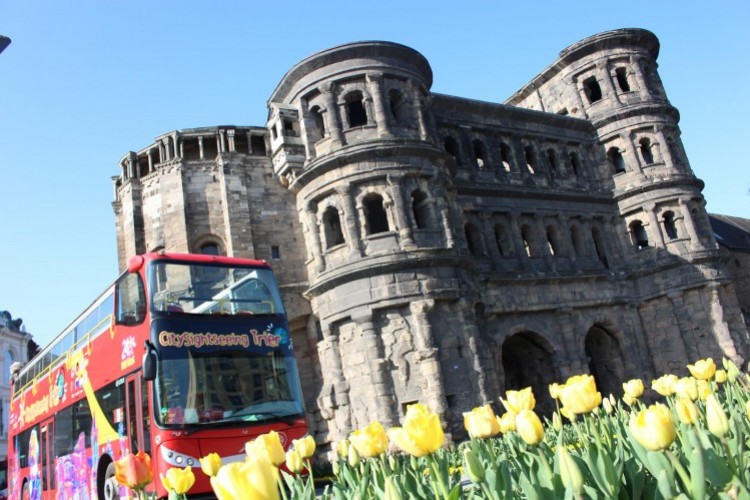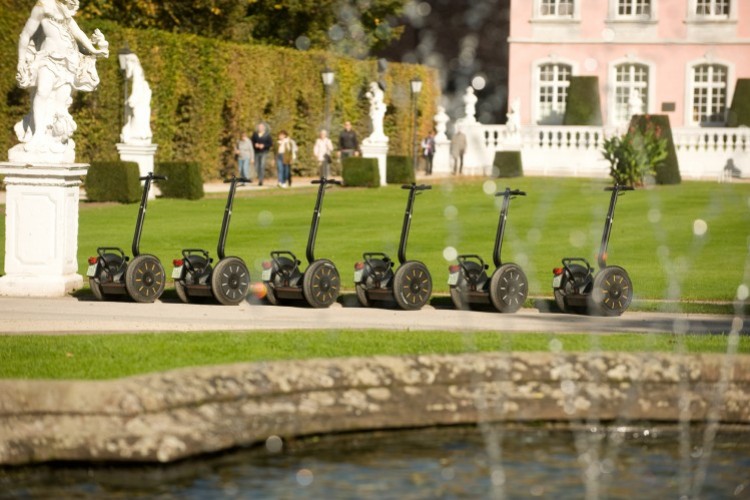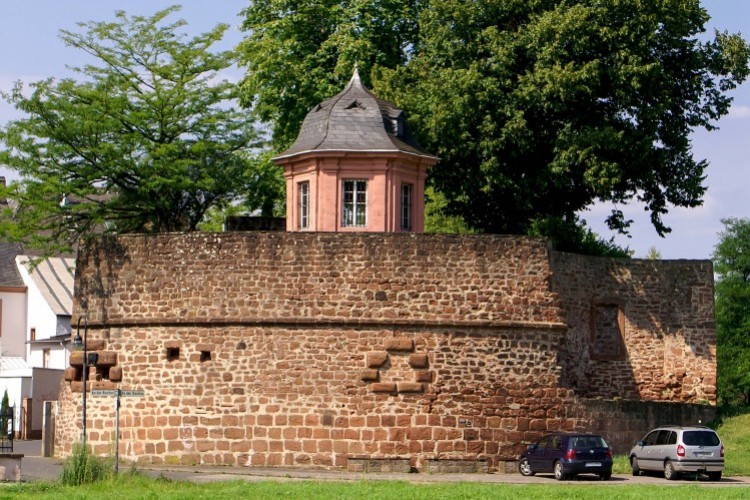Read more
From the early Middle Ages onwards, the palace-like fort complex initially became a convent and then a collegiate church. The archbishops of Trier further developed the site, and would constantly return to Pfalzel whenever disputes with the go-getting citizens of Trier made life in the city itself too unpleasant. The surrounding wall with its bastions, and the well-fortified ruins of the archbishop’s castle, has been preserved to this day. But the town centre is also worth a visit. Its sights include Germany’s oldest inhabited Roman stone house at Kirchplatz, and the former (though today partly rebuilt and partly extended) collegiate church, whose origins date back to the early Middle Ages.
A must for: Day-trippers. Aspiring emperors in search of a summer retreat. Archbishops, explorers and conquerors.
Walks: 50%
Variety: 50%
Crowds: 0%
PSSSST! THE INSIDER TIP:
Between May and October, you can also travel to Pfalzel by ship from the Zurlauben dock, or simply get off one stop earlier on the way back from a daytrip to Bernkastel. And when you’re there, you’re best to have a local expert tell you Pfalzel’s many different stories. Not only will you then learn more about the fascinating fate of a town that has been inhabited since ancient times, but you can also combine it with a lovely excursion along the Moselle.
A must for: Day-trippers. Aspiring emperors in search of a summer retreat. Archbishops, explorers and conquerors.
Walks: 50%
Variety: 50%
Crowds: 0%
PSSSST! THE INSIDER TIP:
Between May and October, you can also travel to Pfalzel by ship from the Zurlauben dock, or simply get off one stop earlier on the way back from a daytrip to Bernkastel. And when you’re there, you’re best to have a local expert tell you Pfalzel’s many different stories. Not only will you then learn more about the fascinating fate of a town that has been inhabited since ancient times, but you can also combine it with a lovely excursion along the Moselle.

